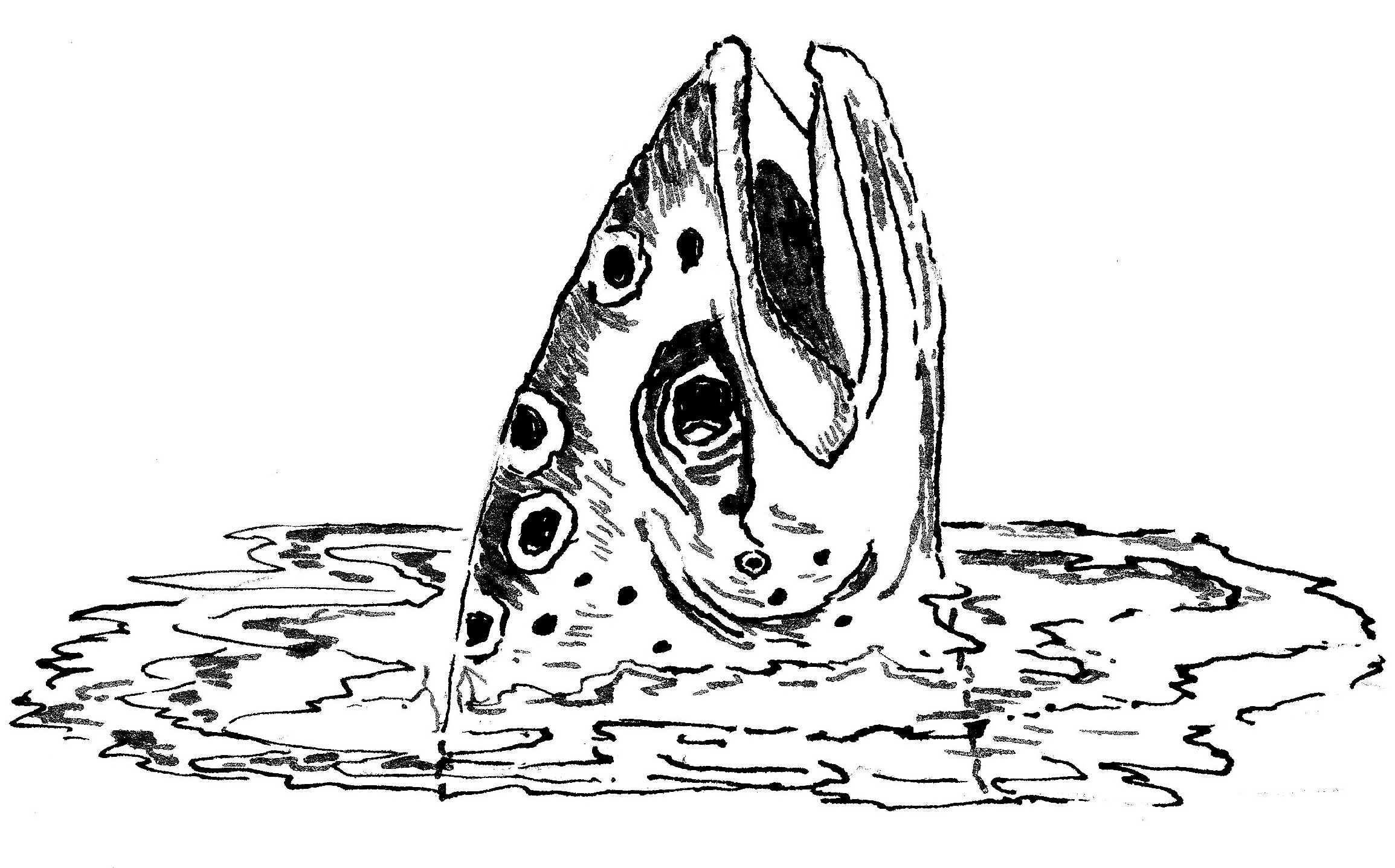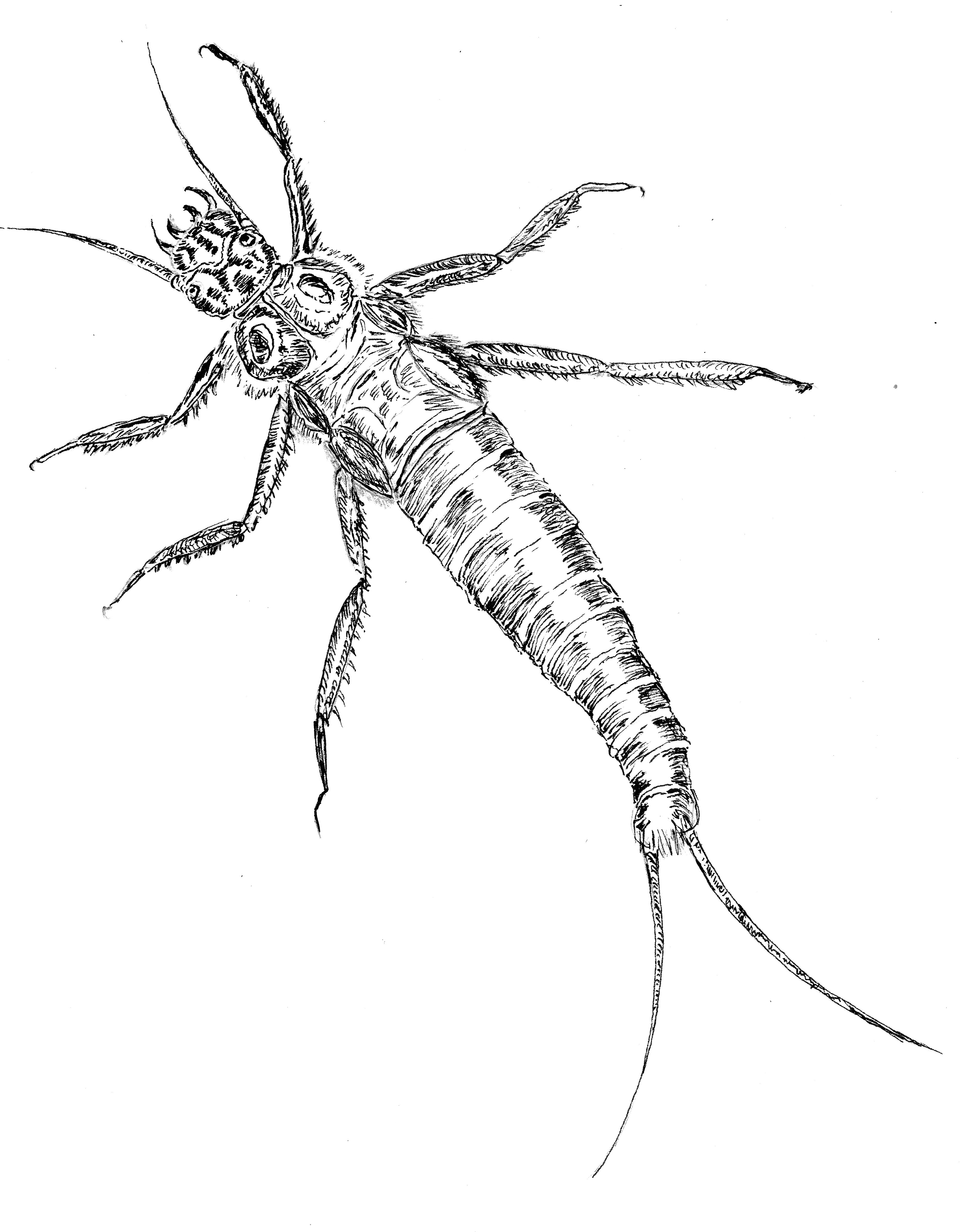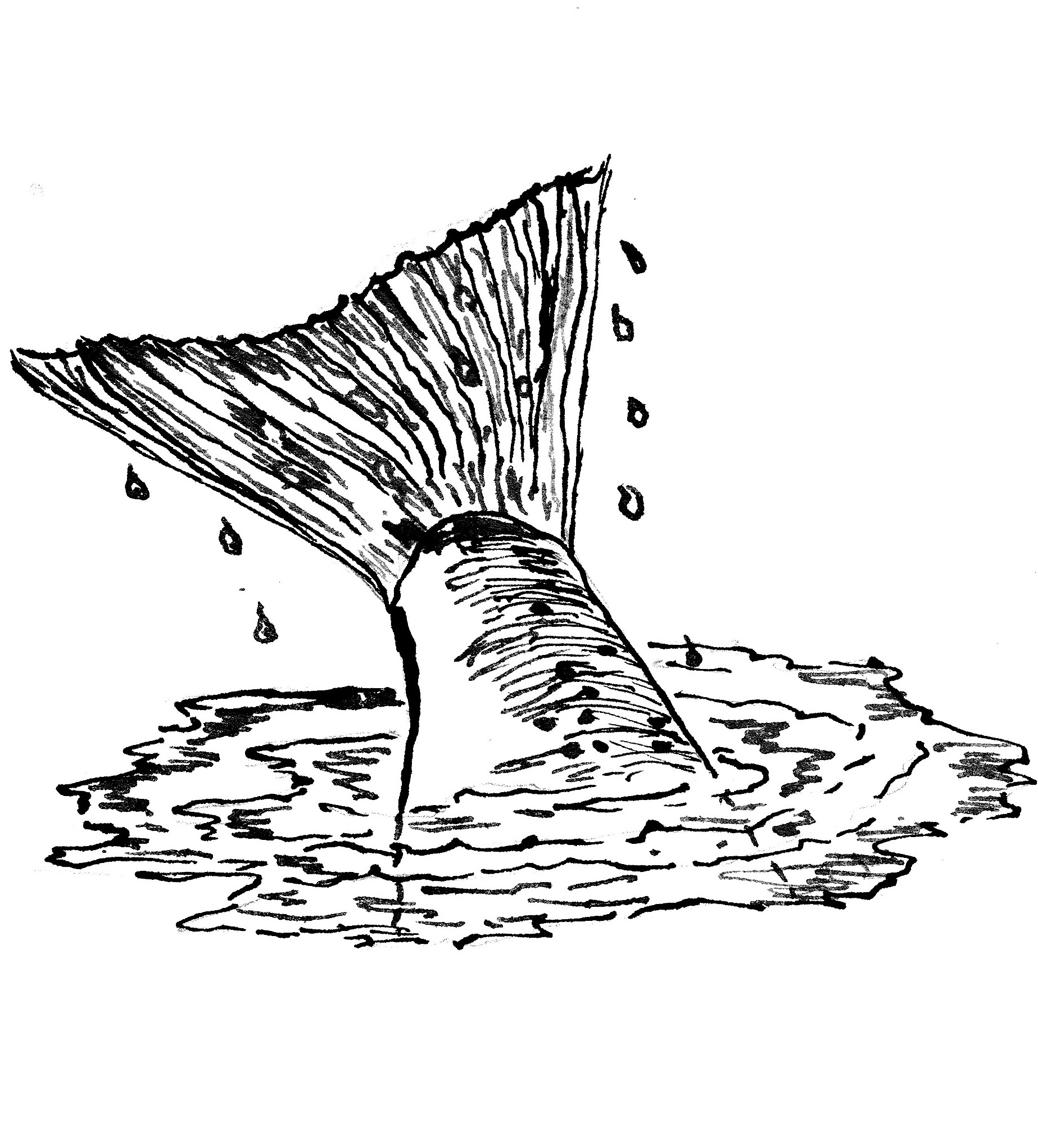Hugh Creasy Column for Reel Life April 2018
- 30/04/2018
Creasy’s Column – by Hugh Creasy
Now is the time for contemplation. Those flies and lures that took fish in summer-warmed waters are going to be put away – replaced by heavy nymphs and lures that will pull fish from the bottom. The urge to spawn has shortened fishy temperaments, and ill-tempered trout, journeying upstream, will snap at anything that crosses their path, or presents a threat. Jack fish will be highly territorial, and as their colour takes on a gaudy hue, their jaws change shape, their bellies darken and they are ready for battle. On the redds it will be survival of the fittest. Diligent hens search out the finest gravels and spend time housekeeping to clean away all detritus to make a fitting nest for their offspring. While they are doing it the males circle, seeking dominance for the right to spread their sperm as the eggs are laid.
It’s all jolly exhausting and the losers gather at the bottom of riffles and runs, waiting for the dominant jacks to tire, giving the losers an opportunity to become winners when the next lot of hens arrive. On the sidelines, and well downstream, the angler studies a flybox full of lead-wrapped hare and coppers and bright orange egg imitations. The flies of summer – those emergers and dries of tiny size and delicate hue, have been relegated to another pocket. They’re not entirely rejected. There might be a hatch that maiden fish will react to, or fish that are not yet entirely slaves to their hormones.
So the canny angler searches the pools and runs for signs of insect movement – on boulders in fast water a collection of shed skins shows a recent hatch of stoneflies. When the morning breeze settles in they will be blown away. There are midge bodies in a backwater, and a glint of bloodworms in still water. A choice must be made. A midge if the fish are moving, or a stonefly if the fish are holding deep.
The heavily-weighted stonefly has the advantage of dredging the bottom and annoying the hell out of a fish intent on its spawning run, and yet it might take a maiden fish that has been feeding on these large insects. There are no visible fish, so the midge imitation is rejected. The stonefly wins.

Casting heavy nymphs is a challenge in itself. Keep the casting arm high, let the back cast run out to its full length, and if you can, use a double-haul to give power to the cast and keep the nymph high. A heavy, lead-wrapped nymph is a dangerous thing when it is shooting back and forth at head height.
In fast-water rapids there are always pockets of calm behind boulders or in deep guts. A long leader and the rod held high will drift a nymph through these fishy areas. The strike must be instant because the fish are as fast as the current they live in. A fly can be ejected in milliseconds. It is tiring work. Hundreds of casts may be made before a fish takes the fly. But spirits will be lifted by the number of fish you put down. Their sudden appearance is always a surprise. In water you think you have covered with multiple casts, there appears a fish rapidly swimming away from you. It may be lined, or the splash of the nymph has frightened it.
A long leader will enable you to place the fly well ahead of where you think the fish might be, and the fly will tumble down to the fish’s lie, and it will be taken in a gulp and the battle begun. That’s the theory. Practice will perfect it. Use a heavy tippet. This is not delicate work. A fast strike can break a light line, especially if it is in the jaw of a big fish, and if the fish takes off downstream in fast water you will need as much line strength as you can get.
The most sensitive areas of spawning waters will soon be closed to anglers, and autumn rains will discolour many waters. In those waters left open there is an opportunity for spin fishermen to out-do fly fishers in their success crate. Spinners can cover a lot of water but should be prepared to lose some gear if they fish the rapids. Another method is to use a worm with a bubble float. A healthy compost heap is a great source of active wrigglers, and they are great killers when cast to white water at the heads of pools and runs. And it doesn’t cost a fortune if you lose a few.